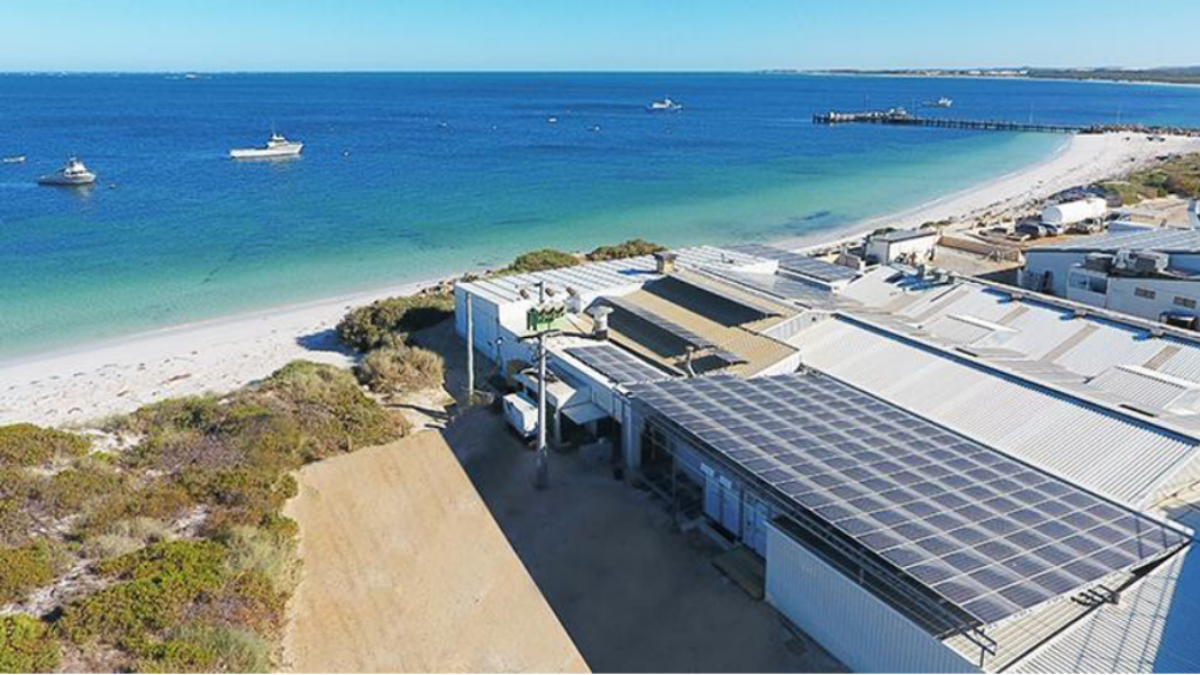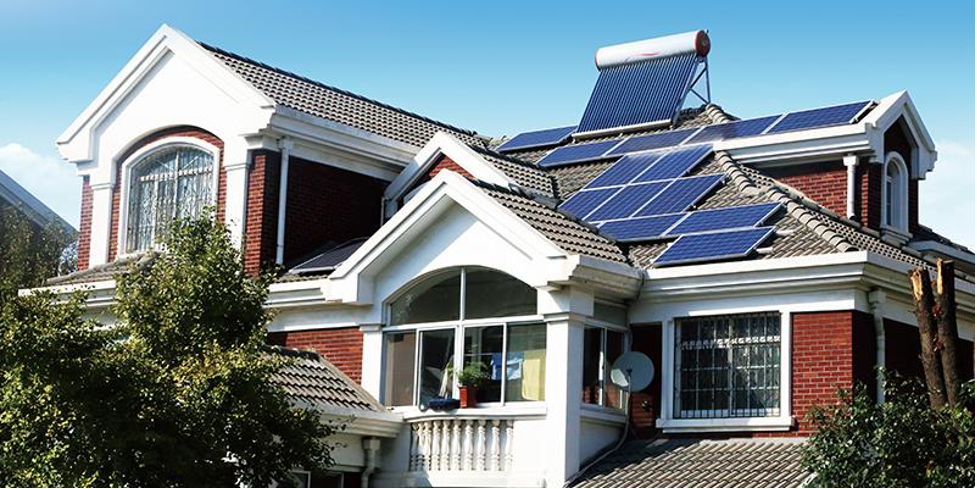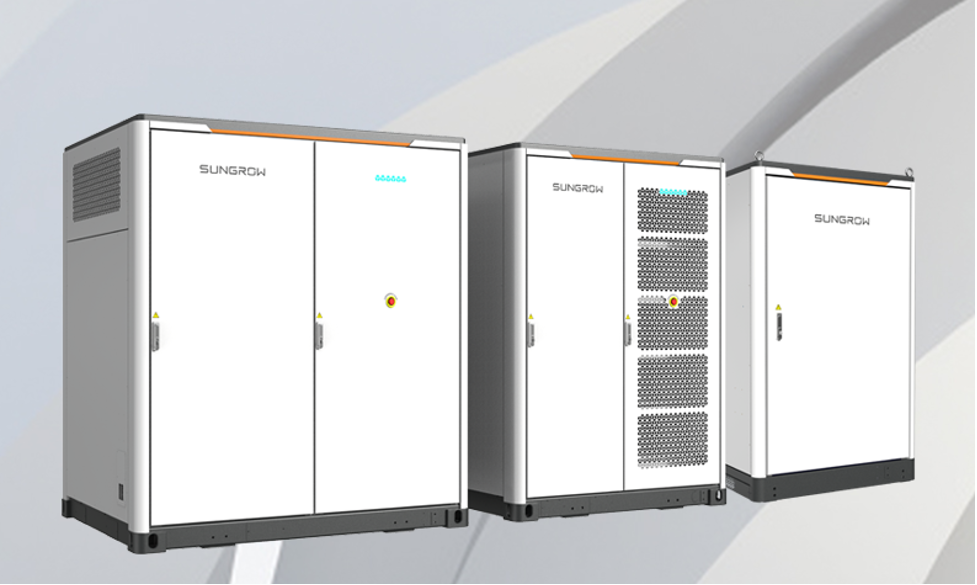
Across the globe, electricity prices have been highly volatile and present grave challenges. For instance, Texas witnessed a devastating blackout in 2021 due to a failure in its isolated grid system during an unprecedented winter storm.[1] California has also seen substantial load shedding due to high demand periods not met by generation. Such incidents reveal the pitfalls of relying solely on traditional, centralized electricity production and distribution models.
Volatile electricity prices are not limited to the USA; the UK and Australia have also faced skyrocketing energy prices due to a perfect storm of increased demand, reduced generation capacity, and geopolitical influences. These perturbations accentuate the urgency of developing resilient power solutions, and a reliable, sustainable solution lies in solar storage systems. So, let’s explore what a solar energy system is, what its components are, and how exactly it works.
Table of Contents
What is a Solar Storage System?

A solar storage system is an advanced technological solution that allows for the capture, storage, and subsequent use of photovoltaic (PV) solar energy. The system uses PV panels to transform sunlight into DC (direct current) electricity, converted to AC (alternating current) via an inverter. Excess power is stored in a battery for use when there’s no sun, with a bidirectional inverter managing the optimized power flow among solar panels, battery, and grid.
Along similar lines, the following are the components of a typical solar storage system:
- Solar Photovoltaic (PV) Panels
- Solar Inverter
- Battery Energy Storage System (BESS)
- Bidirectional Inverter/Charge Controller
- Power Meter
- Grid Connection Equipment
- Mounting, Cabling, and Electrical Accessories
- Energy Management System/Software
How Does a Solar Storage System Work?
To better understand how a solar storage system stores backup power and unleashes grid resilience, let’s take a deeper look at how it functions in this segment of the discussion.
During the day, photovoltaic solar panels capture sunlight and convert it into DC electricity. The solar inverter then changes the DC electricity into AC that can be leveraged in your home or commercial building. Yet, when solar panels produce more energy than is required, this excess energy is stored in the battery storage system; advanced battery technologies such as lithium-ion batteries are widely used for their high energy density, longevity, and efficiency. These batteries incorporate charge controllers to manage the electricity amount flowing in and out of them and hence prevent overcharging or discharging that could affect their lifespan and performance.
When sunlight is minimal, like during the night or on cloudy days, and your solar panels aren’t generating enough electricity to meet demand, the solar storage system comes into play. Essentially, the energy stored within the battery is converted back into AC power by the inverter and is used to supply your home or commercial building. Grid resilience is improved through these solar backup systems because, during grid outages or peak load periods, the stored solar power can be used as a backup power source while reducing reliance on the grid.
Which is the Best Solar Storage System?
Energy storage systems (ESS) function in various settings, ranging from mild to harsh environmental conditions, and must manage complex electrical and thermal components interplay. The working environment of an ESS involves constant power transfer between storage mediums and the electrical grid, which requires sophisticated control systems to balance demand and supply. Further, the systems must be robust to withstand extreme temperatures, humidity, and other environmental challenges. Lastly, the ESS environment demands comprehensive safety measures to manage risks, including electrical faults, fire hazards, chemical leaks, etc.
While considering these demanding conditions, Sungrow’s PowerStack Series presents an excellent choice for an ESS-like solar storage system, particularly in harsh environments. The ESS is highly integrated and pre-assembled for easy transportation and operations & maintenance (O&M) to reduce setup time. It includes DC electric circuit safety management system that offers impeccable protection.

One notable feature is the intelligent liquid cooling system, which ensures high efficiency and extends battery cycle life, a critical consideration in challenging climates. Apart from that, the series incorporates a modular design for parallel connections and easy system expansion. It can withstand tough environments thanks to its IP65 LFP battery modules. More importantly, the PowerStack series includes smart monitoring systems that track state and battery performance and thereby enable pre-alarm and fault location capabilities.
Wrapping Up
In conclusion, solar storage systems have emerged as a powerful tool in unleashing grid resilience and providing backup power. As we face increasingly unpredictable weather patterns and the need for a more sustainable energy future, these systems offer a versatile and reliable solution. While building up a smart solar storage system, you are suggested to choose a reliable, flexible, intelligent, and convenient storage system, and that is what Sungrow offers. For detailed manuals and guides on solar storage solutions, feel free to visit Sungrow’s website.
Reference:
[1] https://www.preventionweb.net/news/texas-coldwave-disaster-how-cascading-risks-took-out-entire-power-grid#:~:text=At%201%3A25%20am%20on,to%20Houston%20and%20Corpus%20Christi.